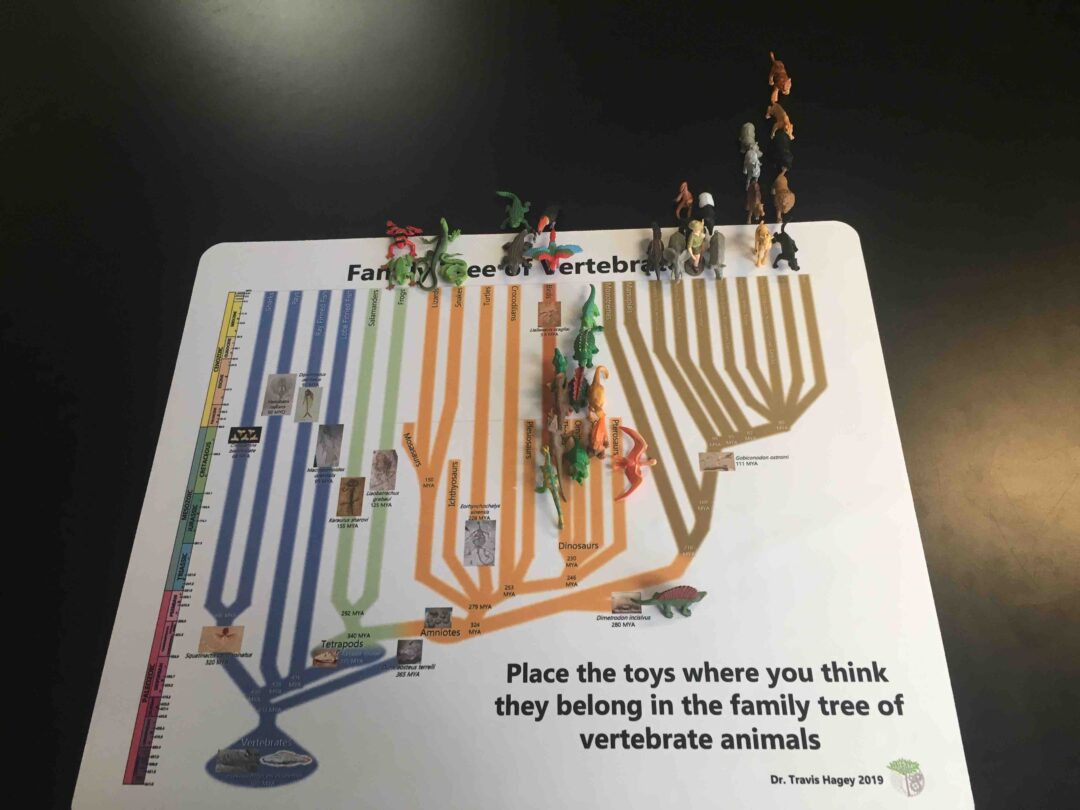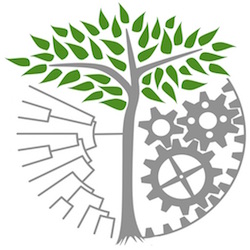
Science Communication
Public Engagement
Outreach
Scientific literacy and critical thinking go hand in hand. Critical thinking and science illiteracy are major challenges with impacts on our society’s ability to make decisions. Scientists have a responsibility to foster scientific literacy and critical thinking. Both are necessary for a well informed, decision making, population and to foster a well-rounded next generation of scientists. My efforts are wide ranging.
Recent public engagement activities
Promoting scientific literacy and critical thinking in the public
My public engagement and outreach goals include not only educating the public (adults and kids) but getting them excited about science. I try to focus on populations that will benefit most and where I can have the largest impact. Examples include participating in meet-a-scientist events online and in person; programs like Skype-A-Scientist and STEM nights at elementary schools, museums, etc, and presentations at elementary, middle, and high schools, museums, community centers, botanical gardens, etc. We also organize our own science themed programs, like our annual STEM course for middle school children. I also develop and share science curriculum for teachers to use.
Fostering the next generation of scientists
Excitement for science is foundational for recruiting the next generation of scientists. We need a well rounded community of scientists to meet the challenges of the future. Everyone needs a seat at the table, with a variety of voices, if we hope to succeed. Building upon my public engagement and outreach efforts, I also heavily invest my time at the college level, serving on committees to assure students of all stripes can thrive and envision themselves as scientists. These ideas are imbedded in my courses where I regularly invite speakers my students can identify with. I also serve on committees that organize campus community building events, research conferences, and faculty training programs. Committees include honors committees and undergraduate research committees and others. I have also served as interim office of undergraduate research coordinator. Lastly, I provide research opportunities for our students, mentoring multiple research students every semester; allowing students to experience research first hand, conduct field research, and attend conferences. These experiences build students’ confidence and networking connections, facilitating future careers in STEM.
Engagement activities

Vertebrate Tree of Life Activity
Kids or students can explore the tree of vertebrate evolution by finding where toy animals go on a large printed image of the family tree of vertebrates. If you’re interested in getting a mat printed for yourself, email me and I can provide an editable, high-resolution version of the tree.
